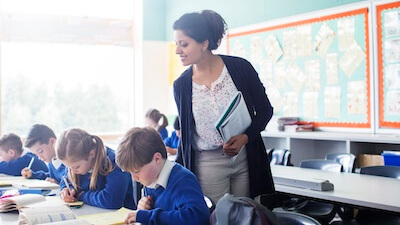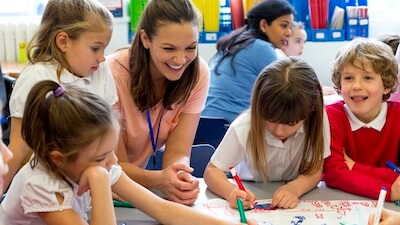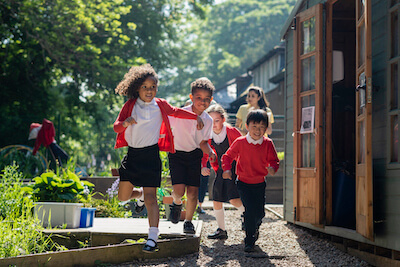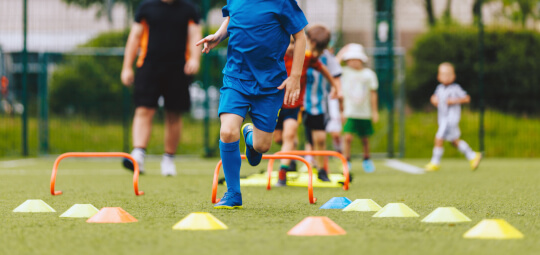What are Safeguarding Levels 1, 2 and 3?

In short, there is no simple answer to this question.
Across the UK, levels are defined differently and will vary depending on the sector worked or volunteered in. Whilst the criteria may vary, broadly speaking each training level is matched to the level of responsibility and therefore the skills a practitioner needs to carry out their role to keep children safe. They also take into account whether a person will be working or volunteering in 'regulated activity'. A role falls into the 'regulated activity' level when a person will be working in an unsupervised capacity.
So as a safeguarding levels guide:
- Our Level 1 Child Protection and Safeguarding training is suitable for those undertaking a fully supervised role Not in Regulated Activity. This means any work carried out is supervised by someone trained at a more advanced level who will supervise a person's practice at all times.
- Our Level 2 Child Protection and Safeguarding training is suitable for those working in Regualted activity.
- Our Level 3 Designated Safeguarding Lead training covers a more detailed training remit than levels 1 & 2 and staff for a DSL role. The role of staff trained to this level includes management responsibilities and the supervision of safeguarding and child protection arrangements.
In England, the education sector has moved away from working to levels with educational settings following the training standards set out in the key statutory document Keeping children safe in education (KCSIE). Practice standards are also guided by the multi-agency guidance Working together to safeguard children.
- SSS Learning Training Course – Safeguarding & Child Protection for Staff in Regulated Activity
- SSS Learning's Complete Safeguarding Training Suite
Due to the nature of the work, most schools train their employees at a standard equivalent to level 2. As volunteers work in a supervised capacity they may undertake a more condensed form of safeguarding and child protection training, equivalent to level 1.
Choosing the right training:
Selecting your training provider may seem a daunting prospect but here are some tips to help guide the process:
- Take the time to fully explore the quality of the training course content. A good provider should give you access to try before you buy and be able to answer any queries you may have.
- Consider how accessible the content is to ensure it can meet the needs of all who will be accessing it. Accessible content should be visually engaging, support auditory learning, and provide supporting course notes together with other resources e.g. webinars, podcasts and INSET. A good training provider should not only provide individual training but the capacity for training to be undertaken in groups.
- Check how often courses are updated to reflect legislative and best practice guidance. A good provider should update their courses throughout the year as and when changes occur. Content should also support your Local Safeguarding Partnership (LSP) arrangements.
- Establish if they offer refresher training. This should build on and reinforce the key messages of core training.
- Check the training is accredited and provides an audit trail as evidence for governance and inspection.
- Identify what support the provider offers, i.e. how contactable they are and how flexible they are to bespoke training needs.
- Research what additional complementary services the provider offers, such as policy libraries and audit facilities.
- Be financially aware. Budgets are tight and what can seem like a great introductory offer may lead to inflated charges for additional services and renewals.
Securing a good safeguarding training solution is one, if not the most important thing a school can do. If you get safeguarding right, the core skills obtained forms the sound basis for pupil learning and provides a secure and informative environment for staff.
SSS Learning Safeguarding Director
22 December 2023










